While some people try and reduce or avoid animal products in their food, this can also be applied to other products that have an impact on the environment. We asked Heather Nixon, sustainability and regulatory manager at vegan cleaning company Bio-D, what to look out for, and how to know if labels are genuine.
Wicked Leeks (WL): Most people think of veganism as relating primarily to food, or other animal products like clothes. Can you explain how this applies to cleaning products?
Heather Nixon (HN): It’s easy to assume that traditional cleaning products are vegan, but in fact many contain ingredients derived from animal by-products. Among the most common non-vegan ingredients to look out for are glycerin, which is used as a stain remover and contains rendered animal fats, and tallow, deriving from beef fat and often used in soap. Lanolin is another ingredient to look out for – a wax secreted by wool-bearing animals that is found in many fabric softeners.
WL: What are some of the things people don’t know about conventional cleaning products?
HN: Some cleaning products – including some well-known brands of washing up liquid – also contain ingredients that are harmful to aquatic life. Once they are washed down the drain they cause pollution in water courses, with lasting effects on wildlife in our rivers and seas, so if you want to make a positive difference it’s worth switching to a brand with environmentally-friendly ingredients.
WL: What alternatives are used in vegan cleaning products instead of animal products like lanolin, and are they likely to be highly processed?
HN: There are many vegan alternatives that can be used instead of animal derivatives. For example, using candelilla wax instead of beeswax, using a plant-based glycerin instead of an animal-based one and using plant-based fats instead of animal-based tallow. The alternatives are no more processed than the animal-derived variants, yet are a much better environmental option.
WL: Are there not some benefits to using by-products from animal rearing, if they’re being used for meat or wool elsewhere?
HN: The issue with using animal by-products is that it can start out as well-meaning, but you quickly become part of a cycle that is not sustainable or ethical. Using animal by-products creates a demand, and then the by-product becomes a commodity, which often results in factory farming. For example, the demand for beeswax resulted in forced cycles disturbing the natural cycles that bees have, which meant that colonies collapsed.
WL: What about packaging – what can people look for in terms of sustainable, circular packaging and what should they avoid?
HN: People wanting to cut their carbon footprint should look for opportunities to buy cleaning products from stores with refill stations, re-using your empty bottles or containers. Refilling is becoming more popular – last year refills accounted for more than 80 per cent of the volume of our products sold. Look out for packaging created from post-consumer recycled plastic. This is plastic that has been reprocessed from other products that have been used and thrown away – and the bottles it is made from can also be recycled, making it a closed-loop system. Shoppers can also reduce their plastic production by choosing concentrated products.
WL: How can people trust that something is vegan? Are labels trustworthy, or are there other things to look out for?
HN: The Vegan Trademark indicates that a product is free from animal by-products and ingredients that have been tested on animals. The trademark can only be used on items that have been registered with The Vegan Society, so if you see it on a product you can feel confident of its vegan credentials. Bio-D is actually the longest registered holder of The Vegan Trademark. Familiarising yourself with the names of animal-derived ingredients is another way of easily identifying vegan products.
WL: What do terms like plant-based or natural mean in terms of cleaning? How far are these terms checked or regulated?
This means that all of the ingredients present in a cleaning product are derived from plant-based or natural sources. However, these are not regulated, which can cause confusion as consumers are left in the dark as to whether these are natural or synthetic. Most of the time shoppers just need to take the manufacturers’ word on this. Checking product labels carefully as there are strict regulations around packaging and labelling, and understanding what the various symbols and language mean will help you make informed choices.

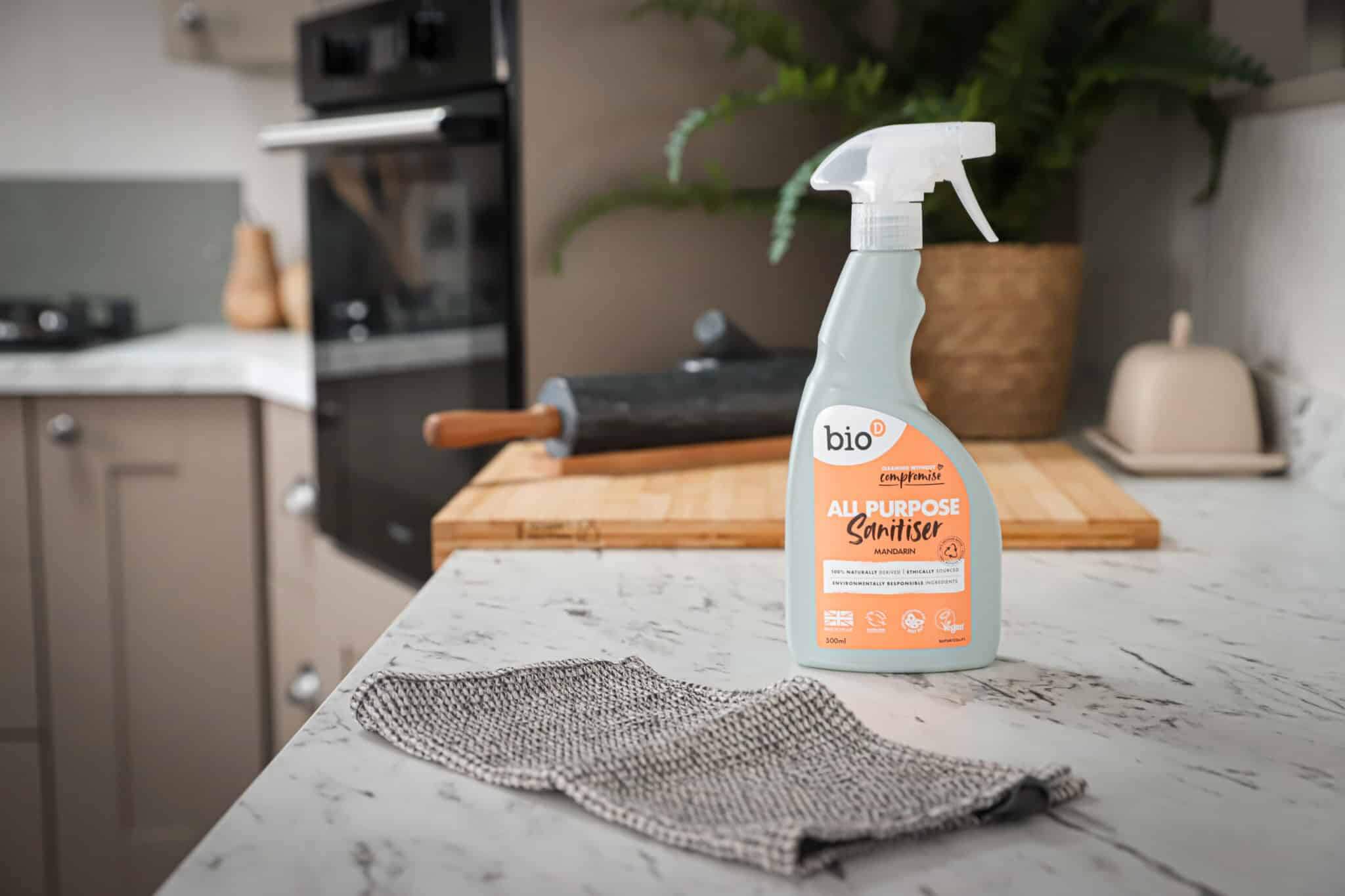
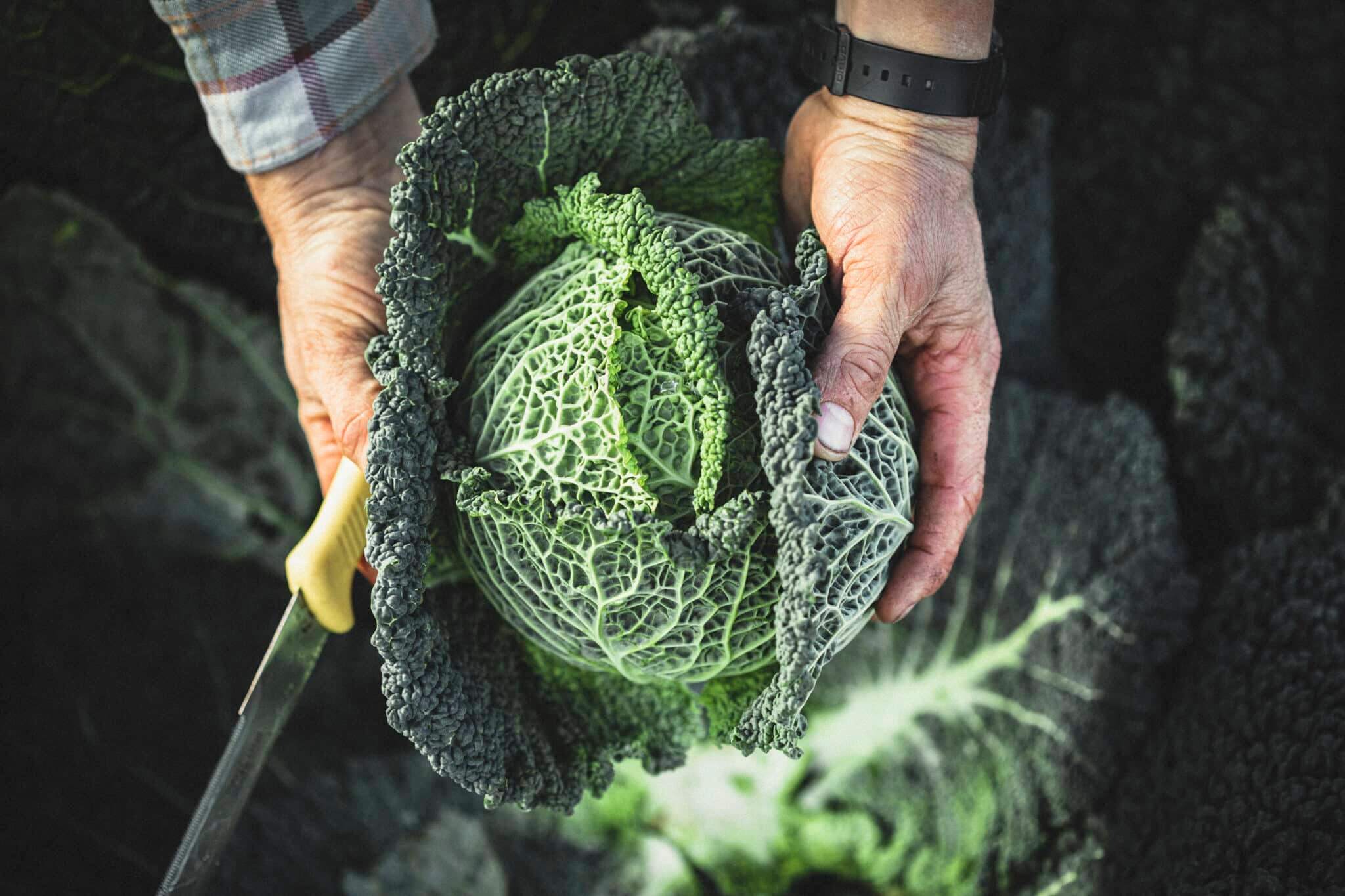

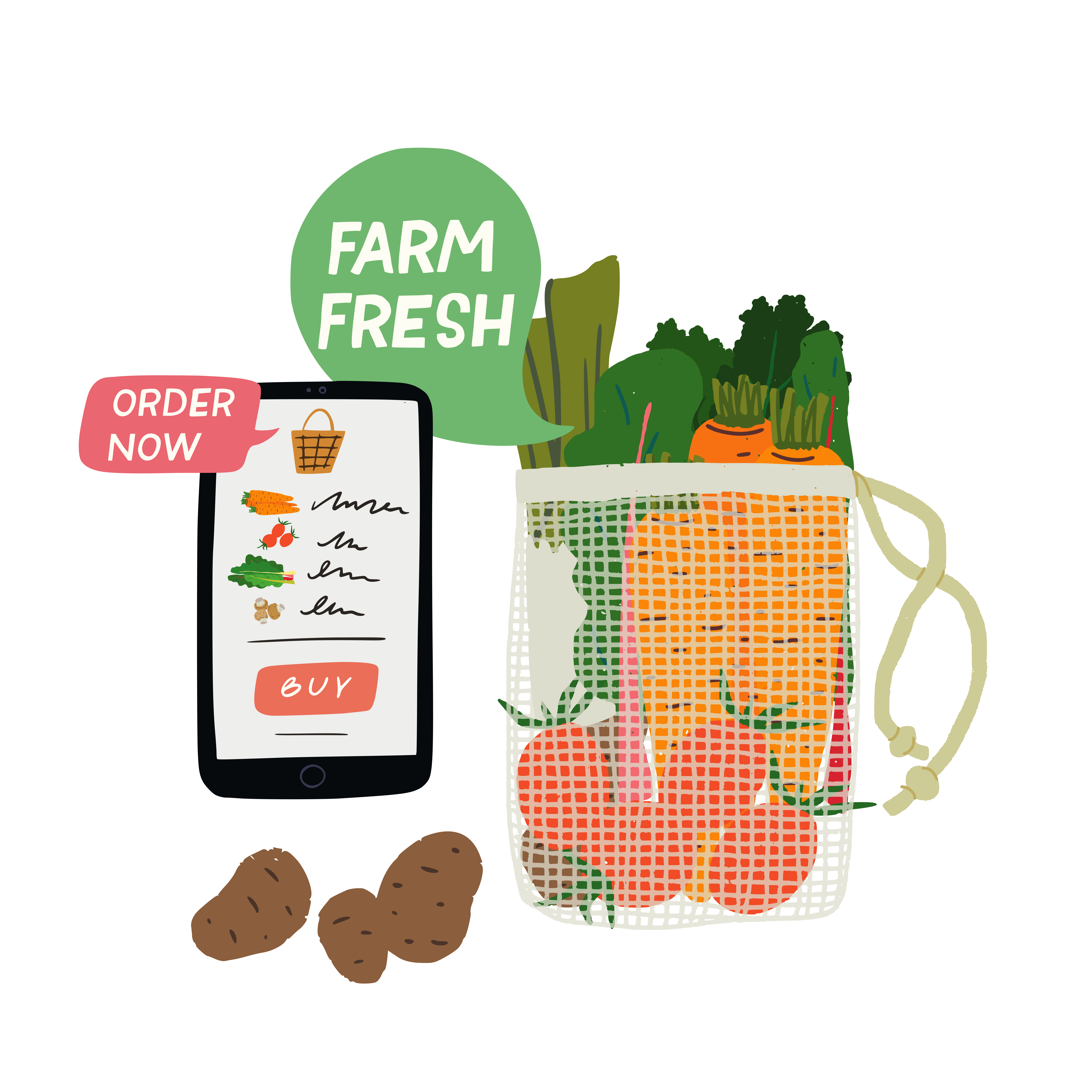

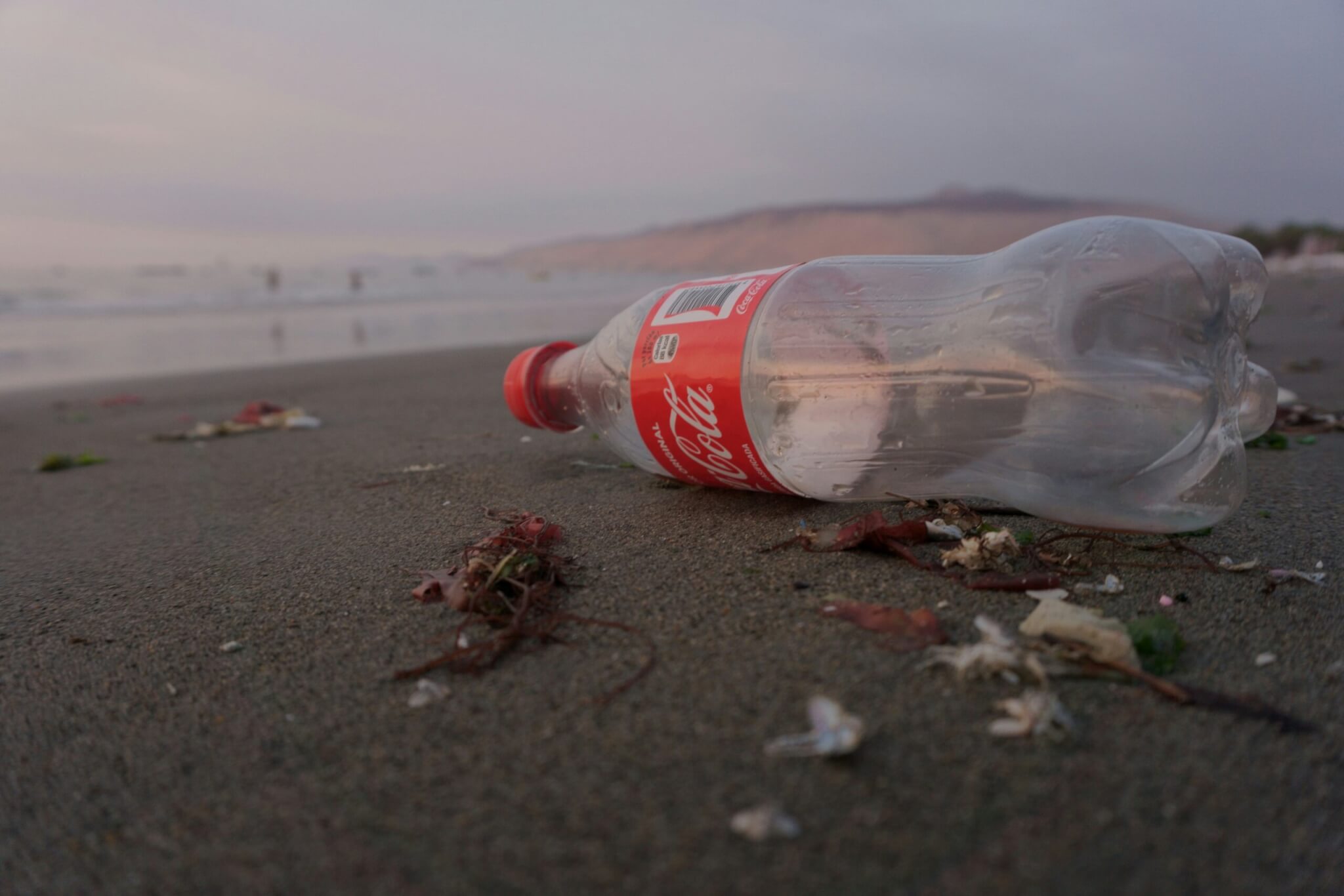
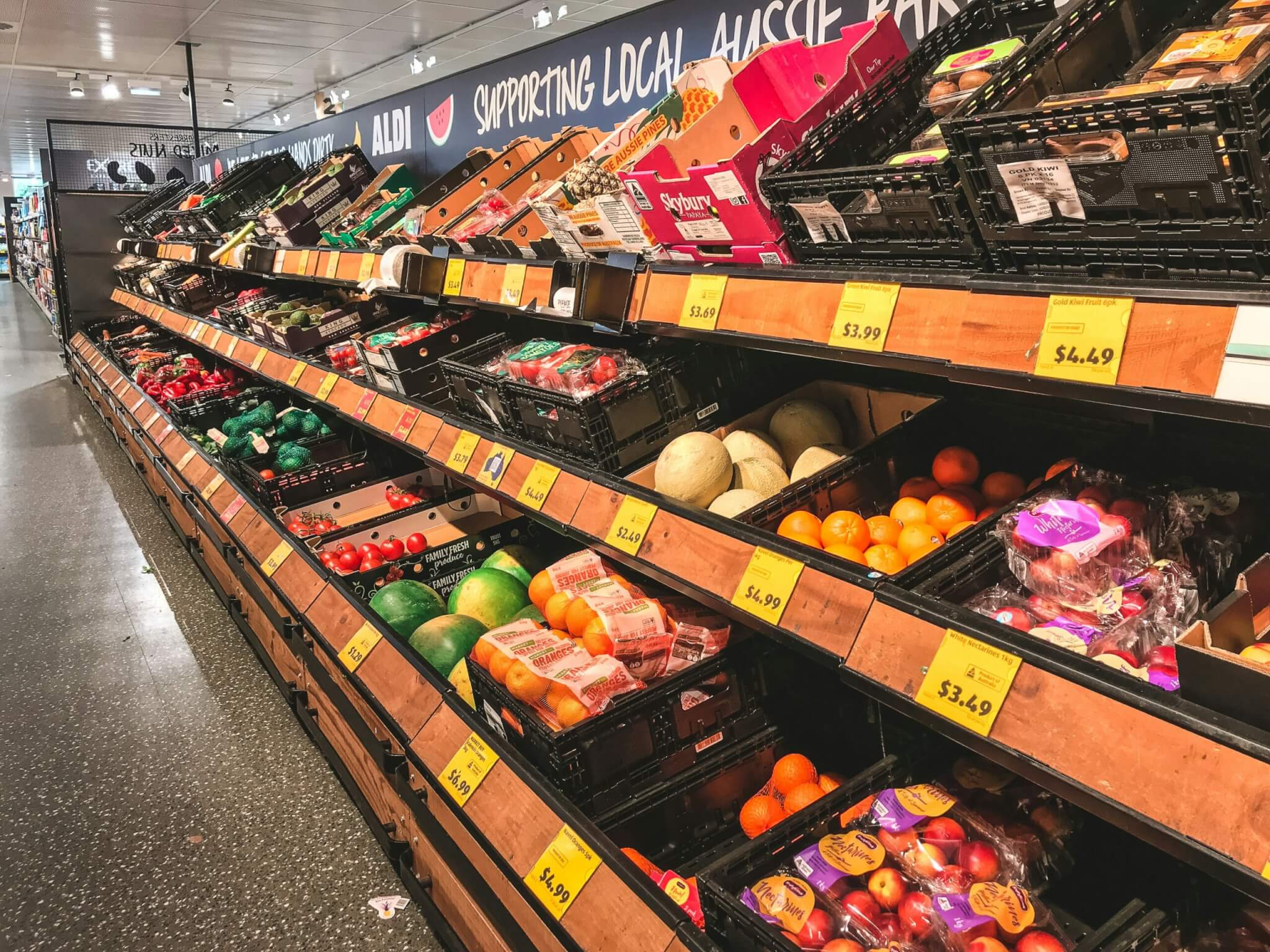





Thanks for this clean sweep to kick us off in the New Year! Don’t forget the old fashioned ” spit and polish’ and ‘elbow grease’. Maybe – More Effort, Less Speed?
Since making my own cleaning spray I’ve never looked back. I use white vinegar (also known as spirit vinegar) – organic of course, from our local refill shop… and a bit of washing-up liquid (I use Fill brand, again from the refill shop)… in a spray bottle. It works for pretty much everything including the toilet, bathroom, kitchen, floors, windows (smear-free thanks to the vinegar).